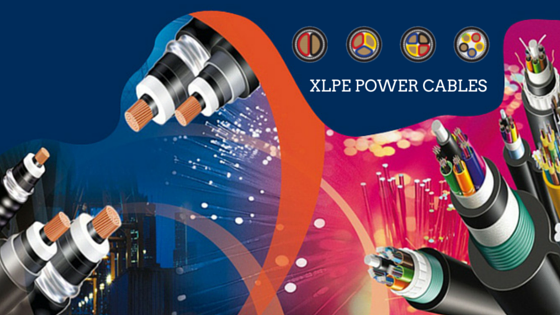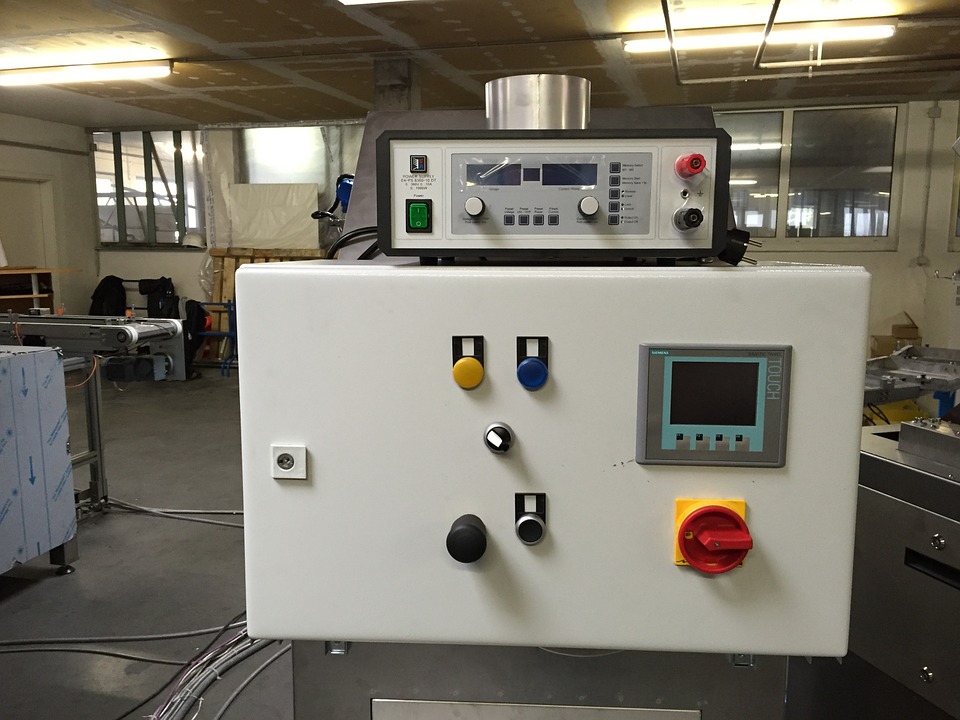Opiate dependence could have devastating consequences for patients and their families, making it imperative to provide effective, responsible treatment. One of the biggest challenges in treating opiate dependence is helping patients whether the drug withdrawal process, which can be very unpleasant and even dangerous. Anesthesia assisted rapid opiate detoxification has emerged as one of the most successful treatments for patients suffering from opiate dependence. Physicians and patients alike recommend rapid anesthesia detox, because it is medically responsible, while maximizing patient outcomes.
The History of Anesthesia Assisted Rapid Opiate Detoxification
In the United States, opiate dependence began to emerge following the Civil War. It took over a century for physicians to develop successful treatment methods. In the 1960s, scientists discovered naloxone, a drug that blocks the medically dangerous effects of an opiate overdose. As an opioid antagonist, naloxone binds to opiate receptors in the brain, preventing them from triggering a typical response to the drug.
By the 1980s, doctors had experimented widely with using medications to shorten the unpleasant detoxification phase of treatment. In 1977, Dr. Richard B. Resnick published a paper detailing the use of naloxone for ultra rapid detox. Just over 10 years later, Dr. Norbert Loimer published a paper describing the use of anesthesia detox treatment to help patients who were dependent on opiates.
Since that time, Dr. Michael Lowenstein of the Waismann Method has been at the forefront of research and clinical practice in this area. Waismann Method Medical Group professionals use these pioneering research papers as a foundation, while employing state-of-the-art protocols, anesthesia, and medications. As a result, the Waismann Method offers a safe, effective, and medically responsible approach to rapid opiate detoxification, where a variety of modified rapid detox protocols are applied, based on each patient specific needs.
How Does Anesthesia Detox Work?
Many patients are intrigued by the promise of anesthesia assisted detox. Although it’s not as simple as going to sleep and waking up free of opiate dependence, the procedure does make the withdrawal process faster and easier. Before undergoing the procedure, patients are admitted to a private room of the hospital for an individualized pretreatment assessment. An expert physician carefully reviews each patient’s medical history and current functioning to ensure he or she is a good candidate for anesthesia detox treatment. For those for whom anesthesia may be contraindicated, other medical opiate detoxification options are usually available and may be a better fit.
After the pretreatment assessment, the Waismann Method team devises an individualized treatment plan. The anesthesia assisted detox protocol is administered in a full service, accredited hospital where patients receive 24/7 monitoring. This includes administration of antagonist drugs while the patients are under sedation to block the effects of opiates, and avoid the extreme pain associated with the withdrawal. After successful detox treatment, patients move to the private Domus Retreat for continuing post detox professional care.
Safety of the Anesthesia Detox Procedure
Unfortunately, some mental health and medical professionals refuse to accept the years of research supporting the use of the anesthesia assisted rapid opiate detox procedure. Critics of the procedure claim that it offers an unrealistic “magic bullet” treatment for a complicated disease. Others believe that placing a patient under anesthesia is medically dangerous. These critics often use research studies with outdated protocols, or untrained physicians to make their claims against anesthesia opiate detox. In fact, they are correct to criticize medically irresponsible approaches to anesthesia assisted detoxification. This procedure is only appropriate when performed by experts in the field, in a proper medical facility, and with the proper inpatient time required for each individual.
At the Waismann Treatment Center, we agree that any medical procedure is only as safe and effective as the doctor performing it. There has been an unfortunate proliferation of rapid detox centers offering anesthesia assisted opiate detox with substandard approaches to patient care. Additionally, some facilities still offer an outdated lengthy general anesthesia detox protocol. Our experts believe that general anesthesia is not only unnecessary, but it may place patients at additional risk.
As a leader in the field of anesthesia assisted detox, the Waismann Method Treatment Center has an unparalleled safety protocol to ensure patient safety. Performing its detox under anesthesia in the ICU of an accredited full service hospital, provides access to a large number of medical resources, thus giving us the ability to provide exceptional care and around-the-clock support for our patients.






